
Inability to hear sounds is known as deafness. People of all ages may suffer from this problem, including both children and adults. Statistics reveal that 1 out of every 800 kids is born deaf and that the most likely cause of this condition is some genetic problem. Just in North America, there are over 2 million people who cannot hear anything at all and some additional 30 millions of people suffering from severe hearing loss. Loss of hearing may be caused by many different reasons, such as some diseases, noise injuries, nerve damage or even complications of certain viral infections.
Deafness Diagnosis
Otologists or otolaryngologists are doctors who can diagnose various hearing disorders, including loss of hearing. These specialists may perform several tests (some of which include tuning forks) to measure hearing loss, find out its cause(s) and determine the nature of this hearing problem.They finally identify whether loss of hearing is sensorineural or conductive.
Doctors may also use audiometry or otoacoustic emissions testing (OAE) to find out more about hearing loss in children. Failure of a little patient to respond to this test usually drives doctors to perform auditory brain stem response (or ABR) testing. Additional tests may include MRI (magnetic resonance imaging) and CT (computer tomography) scans. These imaging methods may help doctors to check for tumors of the auditory nerve, as possible causes or hearing loss. Both MRI and CT scans are usually performed on patients who hear much worse or are completely deaf on one ear.
Prevention of Deafness
Hearing difficulties can be prevented if the person avoids loud noise. Proper protection is necessary for everyone working with loud machinery or some other loud noise, as well as people listening to loud music.
Children must be vaccinated on time and regularly, to avoid infections which may lead to hearing loss. As certain medications are also known to provoke hearing problems, these should be avoided or patients must be closely monitored during the treatment by a medical professional.Hearing Loss Treatment
Sensorineural hearing loss is usually permanent condition and it can be treated only with some hearing aids or cochlear implants. These hearing devices can be worn behind the ear or inside the ear and they can be programmed to be highly efficient in different situations. There is also something known as body aid, which is worn on the chest, but now it is rarely used. If the person is born without an ear canal, he/she may use a bone conductive hearing aid.
Conductive loss of hearing normally resolves after proper treatment of ear blockage. Removing of the fluid accumulated in the middle ear or wax from the ear canal usually solves this problem. Otosclerosis (hearing bones problem) is treated with some surgical procedures.
Deaf people may use different tools to make their life easier such as some alerting systems and devices for telephone communication. Many of these people can read lips or use sign language.


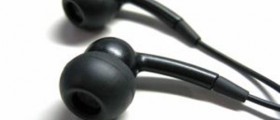



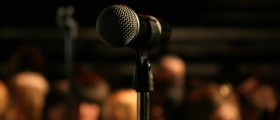
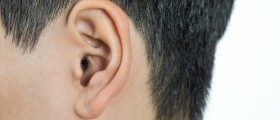



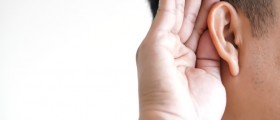



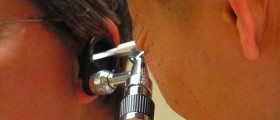
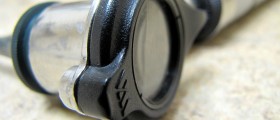
Your thoughts on this
Loading...